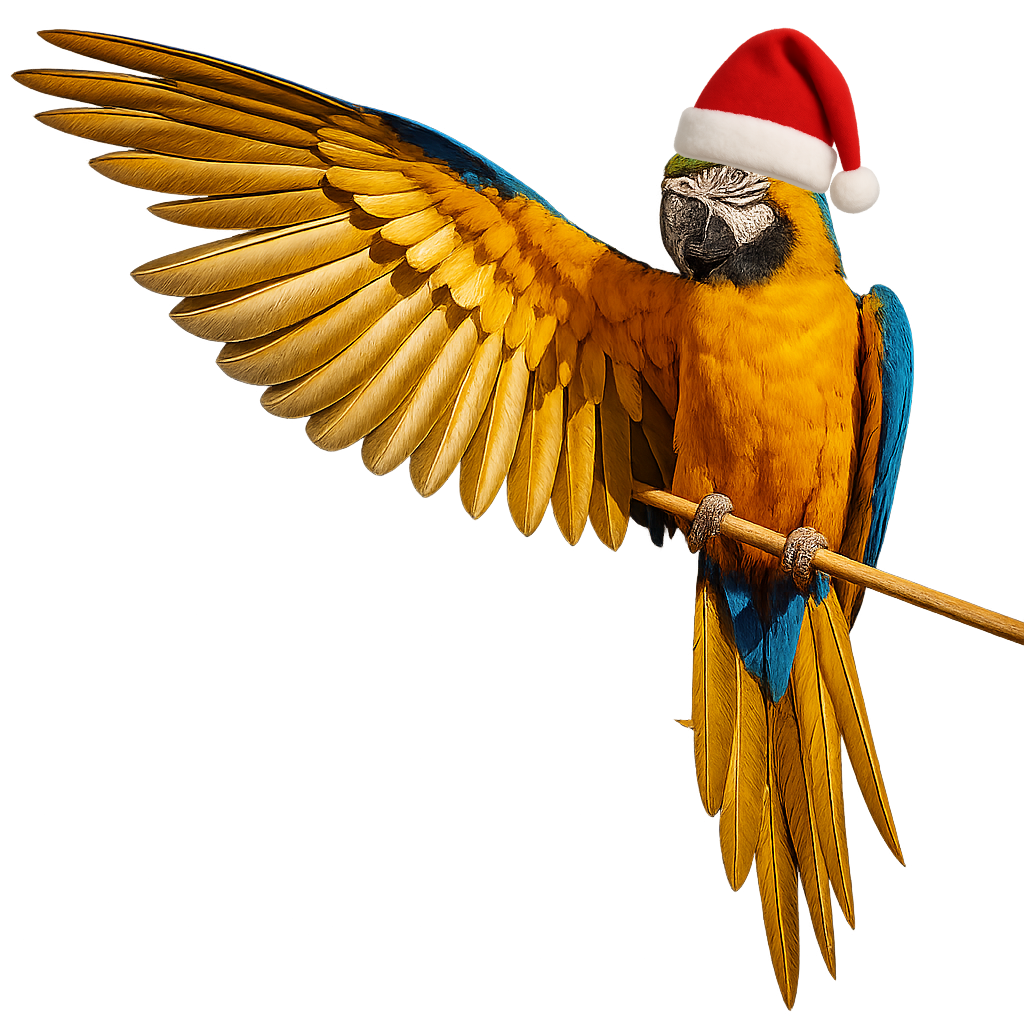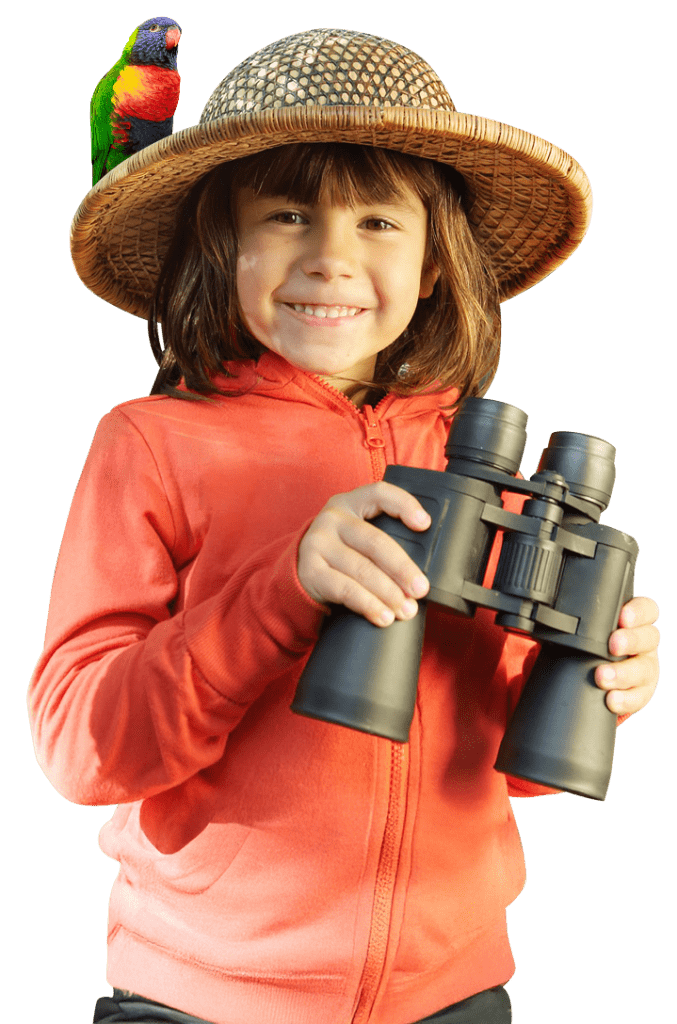Junior Keeper Days
Our Junior Keeper day experience gives children aged 7 – 13 the opportunity to spend the day learning what it is like to be a zookeeper. In groups of up to 10, the children can complete 2 days, Part 1, and Part 2. Both of our sessions are designed around our unique WILD Curriculum Ethos, with activities carefully centred on four core themes: inner strength, discovery, collaboration, and responsibility.
Part One
Part 1 is a session throughout the day from 10 am – 3pm.
Cleaning an animal habitat
Children work together to clean, ensuring they have also changed the water, counted the animals, and completed a permitter check.
Food preparation and enrichment
During this task children are taken through a presentation where they gain a basic understanding on animal nutrition, how to identify different animal groups. (Herbivore, Carnivore, Omnivore)
As part of this activity our children also create their own Lorikeet fruit kebab sticks, they weigh them out to the correct weight and ensure that all the food they have prepared is safe by following their diet sheet. Prior to this they build an understanding around basic animal enrichment and why it is important to encourage natural behaviours in our animals.
Designing a Zoo Habitat
Designing a Zoo habitat gives our children the chance to get creative. Throughout this activity we teach our children that in order to get a new animal we must ensure we have planned and created a habitat that is enriching and well designed for the specific species.
Our children get to see photos from our wallaby and emu habitat started out as before we opened the zoo, they get to see the first designs we completed and then finally the finished habitat. They then are given a blank colouring template for them to design a habitat for an animal of their choice.
Zoo Tour
Our children have opportunity to walk around the zoo supervised.
Animal Talks
Animal talks are a daily keeper task. Our children take time to understand the importance of keeper talks and displays. They build an understanding around the reasons animal talks are done, what information is included and our main goals when delivering a talk.
This is a great collaborative task as we use our animal talk template to write an animal talk together, we locate the information using our information signs outside the animal enclosures. Finally, the children are given the opportunity to present their talk to out junior keeper group, building their confidence in public speaking.
Part Two
Part 2 is a session throughout the day from 10 am – 3pm. Part 2 participants must have completed part 1 to book.
As part of part 2, children will also be granted access to a member’s page within the website, WILD Explorers Society. Here they will receive monthly news blogs, exclusive deals, with the possibility to join us on event days, animal awareness days and further educational workshops.
Fire hose enrichment (Heart)
At the beginning of this session we start learning about all the things we can create from old firehose using our educational slides. Our children learn about recycling the firehose and using it for enrichment.
As a team we follow a step-by-step guide to create a fire hose heart. Our pieces are pre-cut and require no power tools to assemble.
Once the heart has been created, we watch an animal interact with it. The children are reminded to keep notes on if the animal/s are interacting with it, how easy it is for the animal to interact with, if there are any changes that are required for next time and how the enrichment is encouraging natural behaviours.
Animal Training
During this activity, we discuss animal training and the importance of training animals to help with daily husbandry, training for shows and the methods used for training different animals. We use educational slides to identify training equipment, their uses and watch animal training in action.
During this task within the classroom, we also demonstrate basic training using the children. (Placing their hand on a target stick when presented & Opening their mouth using a hand signal)
We discuss the correct time to reward wanted behaviours using a positive reinforcement taring technique.
Once the children have some understanding on animal training we have the opportunity to put this into practice, crate training our meerkats. In 2 groups our children take it in turns to reward meerkats walking into a crate presented within the meerkat habitat.
We discuss that we want to start training slow and allow the meerkats to build confidence walking into the crate. We also build understanding for our children on the next steps for crate training, to include closing the door, discussing that training takes a lot of time and patience.
Group V.I.P Experienc
Using the format of our Mini V.I.P offering, we allow the children some time to have an animal experience with the lemurs. Using pre-cut and pre-weighed feed the children get to feed the lemurs and have a closer encounter whilst being fully supervised by the keeping team.
Animal Health Records
An aspect of part 2 is teaching the children about identifying if an animal is unwell and needs vet attention. Following our slides, we discuss what we look for during an animal health check, how we report our health checks and next steps if we found an animal to be unwell.
Following our theory session, we use a template to complete a health check on one of our handling reptiles. We complete this task as a team looking at the animals’ head, eyes, mouth, legs, body, tail, poo, and behaviour.
We always use an animal within good health and not one under vet treatment.
Conservation
WILD is partnered with many conservation charities. During this task we take a look at Vulpro, Macaw Recovery Network and AB Conservation. The aim for this activity is to build an understanding on what conservation means, how we can educate the general public about the efforts we are doing and the reasons we support organisations around the world.
The children are then given a blank template and conservation-based cut outs to collaboratively create conservation awareness posters for WILD. These posters include the IUCN listings of species, the name of the in-situ charity and fun facts about the species.
Once the posters are competed, we laminate these to go around the zoo, building awareness to our conservation efforts and showing that no matter how young you are, that you can get involved in conservation and building awareness.



